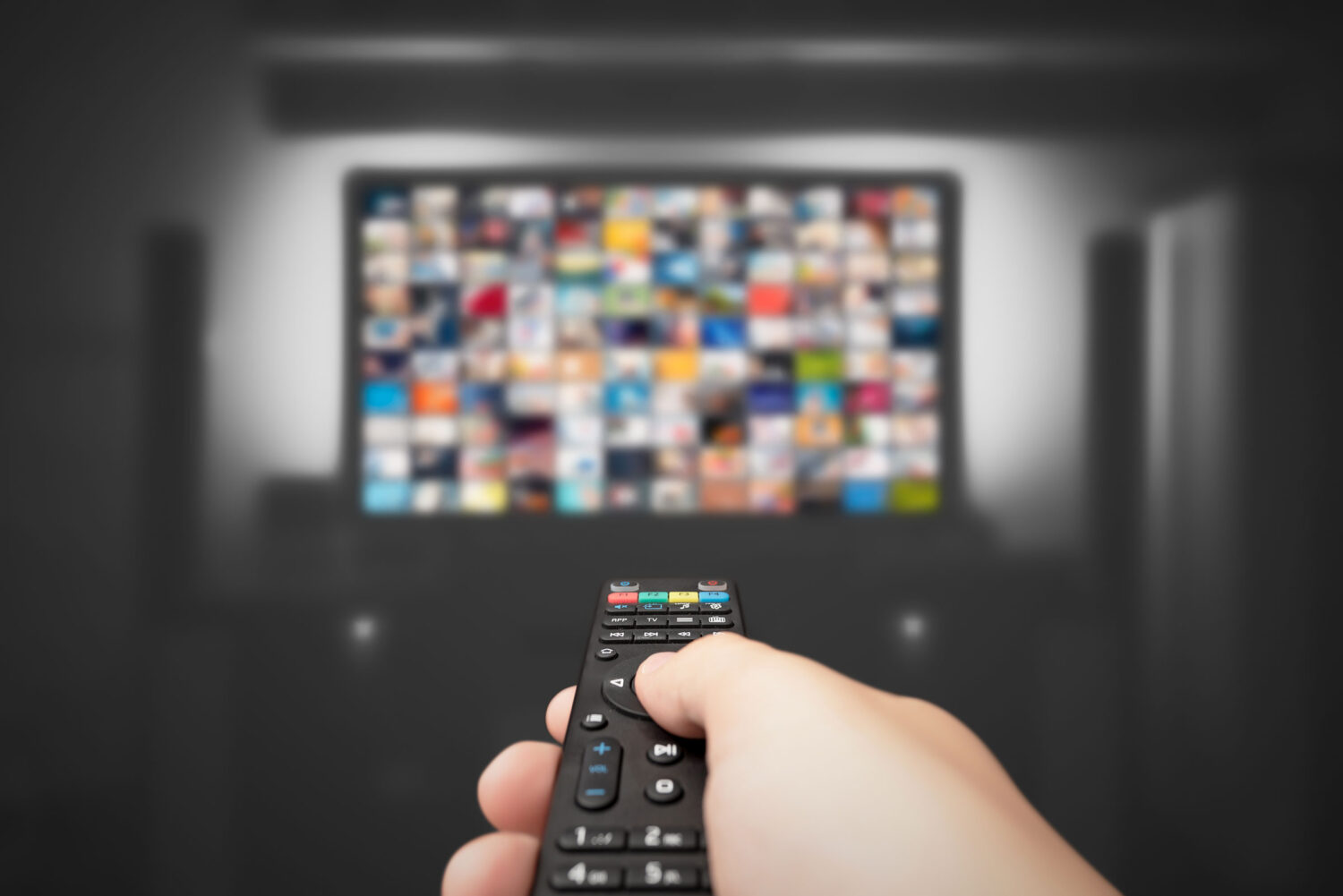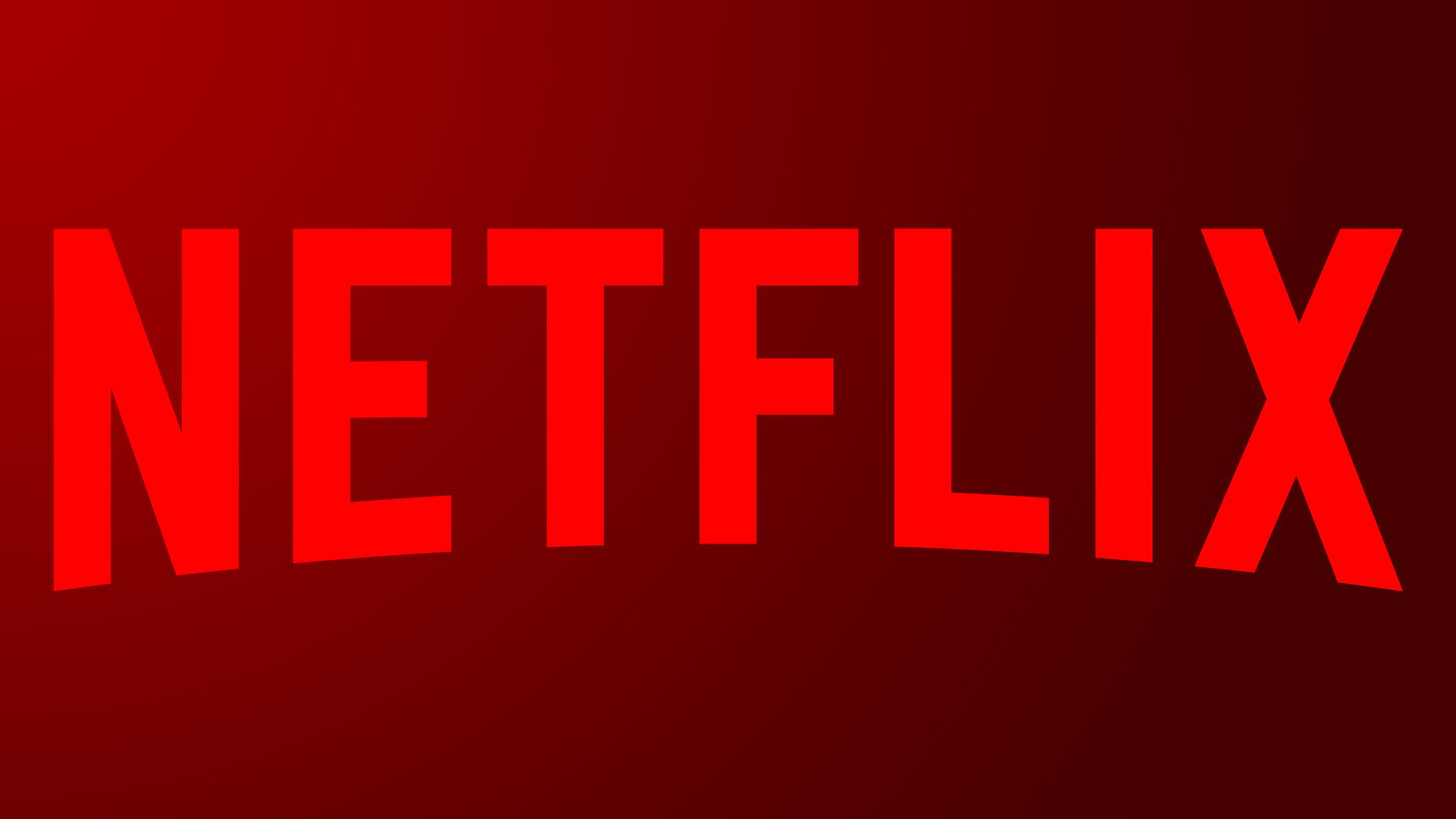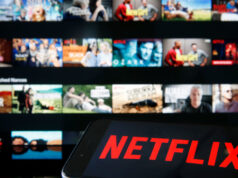
For decades, television has been a cornerstone of entertainment for millions around the world. In recent years, however, streaming services like Netflix have revolutionized the way we access and enjoy our favorite shows and movies.
Netflix: The Evolution of Streaming Television and the Future of Entertainment examines how this new technology has changed both viewers and creators alike. It looks at how streaming services have altered long-established conventions in media consumption, as well as their impact on the industry itself.
From its humble beginnings to its current status as an empire that shapes popular culture, this article will explore all facets of Netflix’s influence on modern-day television viewing. Join us as we take a journey through time to uncover what lies ahead for streaming TV and entertainment!
Page Contents
The Rise of Netflix: A History of Streaming Television
The rise of Netflix has revolutionized the way we consume media. What started as a small DVD-by-mail service in 1997 quickly grew into an international phenomenon and one of the most successful companies in history. By 2013, Netflix had begun to transform from a mail delivery service to a streaming platform, offering movie buffs and TV lovers instant access to thousands of titles.
With its subscription model and vast library, Netflix democratized entertainment by allowing users to watch whatever they wanted whenever they chose – no commercials or time limits required. As more people flocked to Netflix for their home viewing pleasure, traditional television networks felt the impact, losing subscribers as viewers increasingly opted for streaming services instead.
To compete with this new form of entertainment, cable providers launched their streaming platforms while major networks created dedicated apps that allowed customers to watch live content on demand through their mobile devices or computers. The result was an even larger selection of video offerings than ever before – all available at our fingertips without having to leave our homes!
Today, it’s hard not to find someone who doesn’t has at least one streaming subscription; according to recent research conducted by Deloitte Insights, over 68% of American households now use some type of internet television service such as Hulu or Amazon Prime Video. As these services continue to evolve and expand their libraries further still, it’s safe to say that the future holds plenty more possibilities when it comes to entertainment consumption.
Understanding the Impact of Netflix on the Entertainment Industry

Netflix has been a major force in the entertainment industry, revolutionizing streaming television with its subscription service. As Netflix continues to become more popular and widely available, it is clear that the impact on traditional broadcast networks and cable companies has been significant. With Netflix providing a wide range of content from original programming to classic movies, people now have access to a variety of entertainment options all in one place.
The growth of Netflix has led many networks and studios to rethink their business models as they look for ways to compete with the streaming giants’ convenience and selection. Traditional linear broadcasting is being replaced by on-demand viewing while movie theaters are struggling due to increased competition in home rental services such as Redbox or Amazon Prime Video. Additionally, many production companies are signing exclusive deals with Netflix instead of pursuing distribution through other sources like HBO or Showtime.
As consumers turn away from traditional media outlets towards online streaming services, businesses must also adapt if they want to survive in this new digital age. It is no longer enough just for them to provide quality content; they must create engaging experiences that keep viewers coming back for more. From interactive visualizations during shows such as Black Mirror: Bandersnatch or personalized recommendations based on past viewing habits, savvy producers know how important it is to stay ahead of the curve when it comes to technology trends so that their offerings remain attractive over time.
Overall, it’s clear that Netflix has had an undeniable influence within the industry since its launch more than fifteen years ago—and it looks like there’s still much further evolution yet to come as we explore what lies ahead in terms of technology use and consumer preferences within our ever-evolving media landscape
Exploring the Future Possibilities for Streamed Content
With the advent of streaming services like Netflix, television viewing has undergone a tremendous transformation. With on-demand access to a vast library of content, viewers no longer have to wait for their favorite shows to air. The future of entertainment is rapidly evolving and new technologies are constantly pushing boundaries and redefining how we interact with our media.
From virtual reality experiences to interactive content, the possibilities are endless. Augmented reality games based on popular series, live video broadcasts with audiences around the world, and more are all within reach. This promises not only exciting new ways to consume entertainment but also new opportunities for content creators to tell stories in innovative ways. As we continue to explore the potential of streamed content, one thing is for sure: it will be a thrilling journey.
However, even the best technology can sometimes experience issues, like the recent Netflix outage. During these times, users may have difficulty streaming content or accessing the Netflix app. If you’re experiencing a Netflix outage, you can check the official Netflix Twitter account or the Netflix Help Center for updates on the issue and when it is expected to be resolved.
Analyzing How Netflix Changed Audience Expectations

Netflix’s meteoric rise to the top of streaming TV has been a revolution for viewers and content creators alike. Analyzing how Netflix changed audience expectations is key to understanding the impact it had on the entertainment industry. With its expansive library, diverse genre offerings, and commercial-free viewing options, Netflix offered consumers an unprecedented level of control over their viewing habits.
Subscribers could watch their favorite shows whenever they wanted without having to worry about scheduling or commercials getting in the way. The ability to binge entire seasons at once further enhanced this sense of freedom by allowing audiences to consume entire stories in a single sitting. This unique experience transformed how we watch television and movies today as people gained greater access to exclusive content from both established and up-and-coming filmmakers worldwide.
By breaking down traditional barriers between fans and producers, Netflix gave consumers more agency than ever before when it comes to developing relationships with media makers through direct interaction on social media platforms like Twitter or Instagram. As a result, audiences have come to expect higher quality productions that are tailored directly towards them – all thanks to Netflix revolutionizing the way we view entertainment today!































